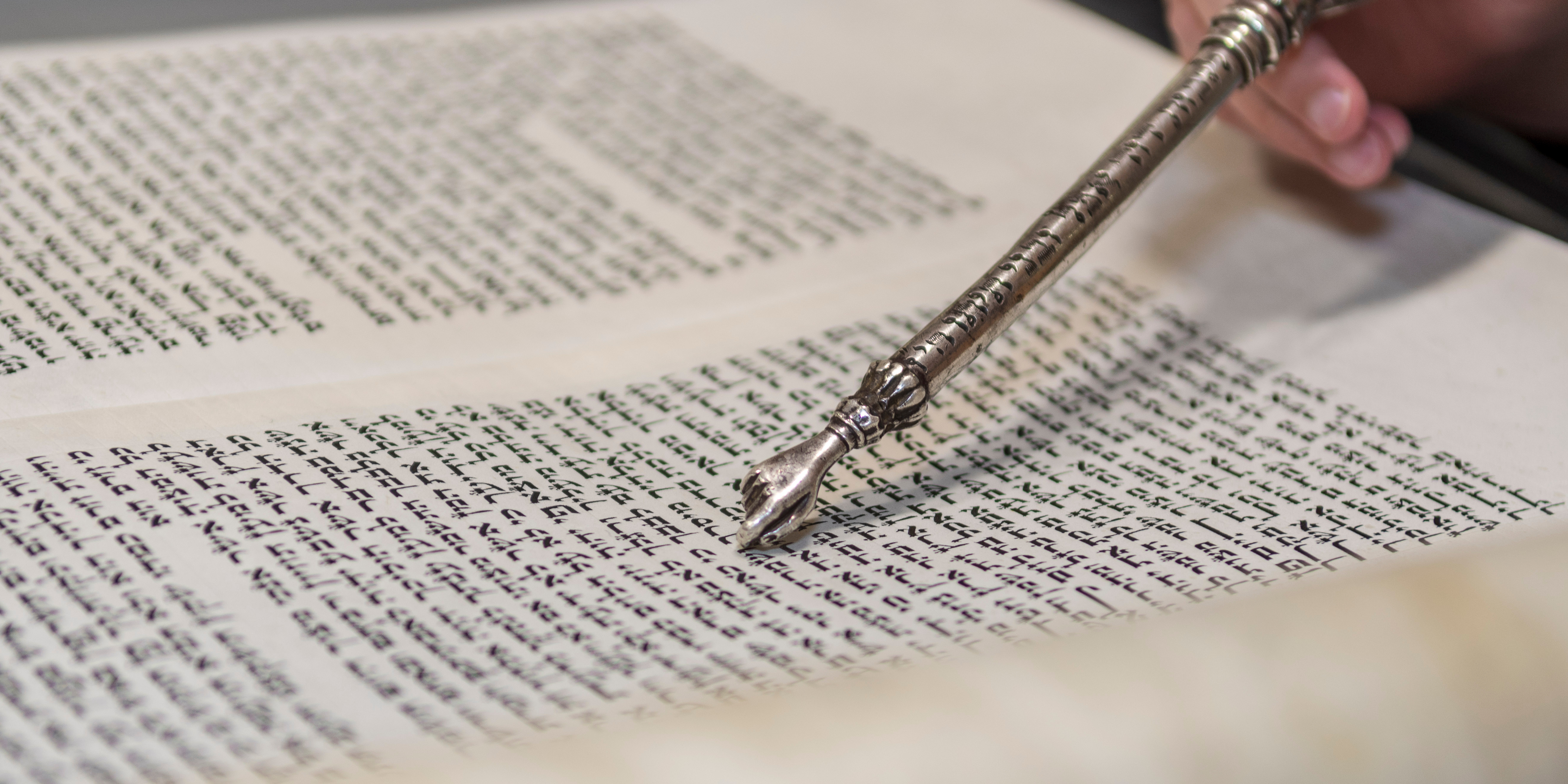Esther and Vashti: Approaches to Power

This year at Purim shpiels we will see little Mordechais, Esthers and King Ahasueruses, and we may see Harry Potters, action figures and even a Wonder Woman. A little Queen Vashti, on the other hand, is unlikely to make an appearance.
Tradition characterises the two queens, Esther and Vashti, as rivals in a royal drama; Esther is quiet and submissive while Vashti is bold and outspoken. These portrayals create an explanation for why Esther is a successful and beloved queen while Vashti is thrown out of the palace. Vashti is the Persian wife of the King Ahasuerus who is expelled from the palace after she refuses to appear before the king and his banquet guests when summoned. Vashti’s banishment is the catalyst for Esther’s entrance into Ahasuerus’ palace.
The text itself gives us few details about Vashti’s identity. The Book of Esther begins with two parties: Ahasuerus is in the midst of a banquet surrounded by nobles and princes as the royal wine flows freely; meanwhile, Vashti is holding a banquet for the women. On the seventh day of the king’s party he orders his wife to appear wearing the royal diadem to show off her beauty to the officials. Vashti refuses and the king’s counsellors demand that he issue a royal edict banishing his wife from his presence. In their view, not only has Vashti dishonoured the king – she has also set a dangerous example for independent thinking amongst wives of the population. “This very day the ladies of Persia and Media, who have heard of the queen’s behaviour, will cite it to all Your Majesty’s officials, and there will be no end of scorn and provocation.” (Esther 1:18)
Into this breach, Esther makes her appearance. Esther is the antithesis of Vashti: she is a Jew, an orphan and an outsider in the palace.
The midrash fills out the portrayals of the two queens: Vashti is the daughter of the deposed king Belshazzar and she has been forced into marrying Ahasuerus as a spoil of war. Being high-born, the midrash suggests, gives Vashti a sense of self and duty to the institution of the throne. The Biblical text does not give a reason why she refuses to appear before the king at his banquet but the midrash offers that she was summoned to appear unclothed, wearing only the royal diadem, so that the king could display her beauty to his drunken guests. In one telling, Vashti refuses because she finds the demand to appear disrobed undignified to her personally and to the institution of the crown.
Vashti’s banishment is the catalyst for Esther’s entrance into Ahasuerus’ palace. Amongst the women vying to become the queen, Esther is the king’s favourite: “The king loved Esther more than all the other women, and she won his grace and favour more than all the virgins…” (2:17). The midrash elaborates on her modesty through her name, Esther, which means hester panim, the concealment of her face. In concealing her face, she also conceals her true identity as a member of the Jewish people. Esther is a Jewish woman and an orphan in the king’s palace. She is powerless in the epi-center of Persian power. Although her uncle Mordechai can gain access to her and counsel her, for the most part Esther must live by her wits alone.
Parties and banquets are the way of statecraft in the Persian kingdom and it is at these gatherings that the business of the court is conducted. Once Esther learns of Haman’s plot to destroy the Jewish people, she uses the banquet, the currency of Persia’s political realm, to reveal the true intentions of Haman’s plot to the king. Through her intimate party, she successfully persuades Ahasuerus to annul the decree against the Jews and punish Haman and his accessories.
In some ways the Book of Esther is a conventional drama of antagonisms between characters, ethnic feuds and hidden identities. Vashti and Esther are set up as rivals and as models of acceptable behaviour for a Persian queen. While Vashti is bold and self-assured, Esther is meek and self-effacing. Vashti’s principle truth that to appear before the king is a violation of her own dignity and the dignity of the throne is an honourable one; however, Vashti’s strategy of directly confronting the drunken king in his castle in front of his princes backfires. Her independent behaviour is perceived as a threat to the harmony of the realm; female subjects are in danger of emulating the queen’s example. On the other hand, Esther is successful because she works quietly and obliquely to save the Jewish people.
Esther and Vashti are more united than they might first appear: each one must dissuade the king of his plans, one plan concocted while he is drunk, the other into which he is manipulated. Esther succeeds and Vashti fails because of their success or failure in understanding the politics of their positions in the palace. In this era of #MeToo, the strategies of the two queens in the Book of Esther shed light on the challenges of confronting sexual harassment. With women and men revealing long histories of sexual harassment, some people ask why victims do not confront their perpetrators, why they don’t fight back or why they don’t report improper behaviour to authorities. We do not live in ancient Persia, but social enforcement of traditional norms of male and female behaviour, dominance and submission, still apply in many quarters.
Rabbi Daniella Kolodny is the Director of Rabbinical Development at Masorti Judaism



